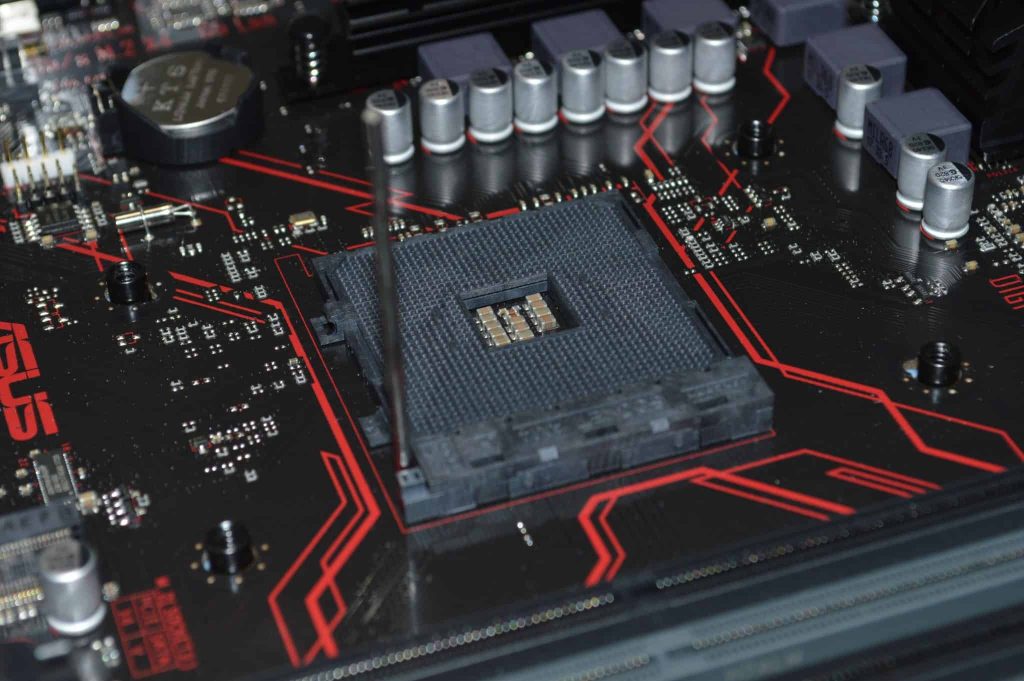New thermal management materials continue to develop

Thermal conductive material is a material that improves heat distribution and heat conduction efficiency in heat conduction and is used to ensure the reliability and service life of electronic equipment systems. According to its application scenarios and morphological properties, it mainly includes graphite heat dissipation film, thermal conductive heat dissipation materials (heat pipes, vapor chambers, etc.) and thermal conductive interface materials (such as thermal conductive silicone grease, thermal conductive gel, etc.).
The industrial development of thermally conductive materials can be traced back to the 1950s, when thermally conductive materials were mainly aluminum and copper; from the 1960s to the 1970s, silicone materials began to develop rapidly and heat pipes appeared. From the 1970s to the early 21st century, graphite materials developed rapidly and were widely used. Since then, with the development of new industries such as 5G and power batteries, the demand for thermal conductivity has surged, and new thermal management materials have continued to develop.
Thick graphite film
Natural graphite film is the first graphite-based heat distribution material and the earliest used heat distribution material. High-carbon flake graphite can obtain natural graphite film through chemical treatment and high-temperature expansion rolling. The manufacturing process is simple, and my country has abundant natural graphite reserves and outstanding cost advantages. The problem with natural graphite film lies in the following two points: First, as a natural product, its sheets are prone to structural defects, which will affect the local heat distribution performance; second, although the lateral thermal conductivity of natural graphite has exceeded that of most materials, However, its longitudinal thermal conductivity is not outstanding enough and it is mainly used in low-end product fields.
Graphene
Graphene is a new heat-distributing material, known as the “hexagonal warrior”, with strong lateral thermal conductivity and flexibility. Graphene refers to a single layer of carbon atoms. Its theoretical thermal conductivity is as high as 5300W/m·K, making it one of the substances with the highest thermal conductivity so far. With the continuous enhancement of the performance of electronic products, the increasing demand for heat equalization has driven the use of graphene membranes. In addition to high thermal conductivity, the flexibility of graphene films is also an important property.
Ultra-thin heat pipe
The heat pipe has rapid temperature equalization characteristics and is composed of an outer hollow metal tube and an inner phase-changeable liquid. Its working principle is to rapidly equalize the temperature of the surface of the tube through the continuous circulation of liquid and vapor two-phase changes in the hollow metal tube cavity. Heat pipes are commonly used in various heat exchangers, coolers, etc., and are mainly responsible for rapid heat conduction. They are currently the most common and efficient heat-conducting element in the heat dissipation devices of electronic products.
Ultra-thin vapor chamber
Vapor chambers are high-end thermal devices and are mainly used in thickness- or weight-sensitive equipment. The vapor chamber is generally composed of external copper and internal phase-changeable condensate. Its structure and thermal soaking principle are similar to those of a heat pipe. The difference is that the vapor chamber takes on a two-dimensional plate shape. Through the four steps of conduction, evaporation, convection and solidification, the heat released by the point heat source is evenly distributed on the entire plane. The heat equalizing effect exceeds that of graphite-based materials.
Hybrid Filled Thermal Interface Materials
Thermal interface materials generally consist of two parts: matrix material and filler. The base material is mainly used to ensure that the thermal interface material can cover all locations where air gaps exist, and it is mainly made of fluid polymers. Fillers are made of various materials with high thermal conductivity, such as metals and metal oxides, nitrides, carbides, etc., to improve heat transfer efficiency.
Composite thermally conductive phase change materials
Thermal conductive phase change materials are mainly used in high-performance devices that require small thermal resistance and high thermal conductivity efficiency, with high reliability and strong safety. Its working principle is to use the phase change process to conduct heat. When the temperature reaches the phase change point, the thermal conductive phase material will undergo a phase change, changing from a solid state to a fluid state, and flows into the irregular gap between the heating element and the radiator under pressure.
